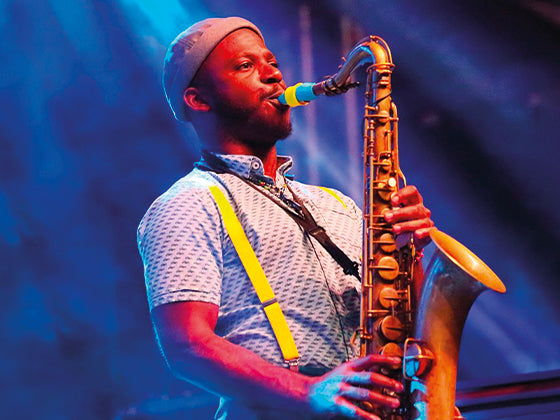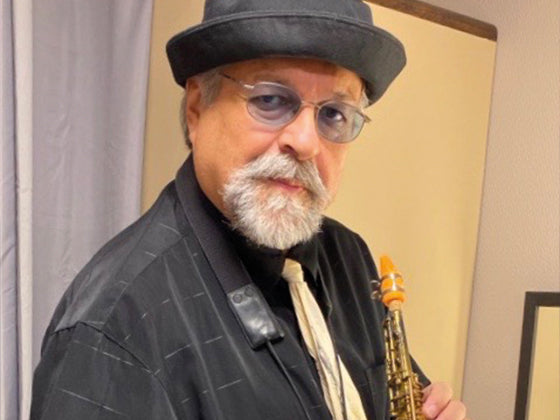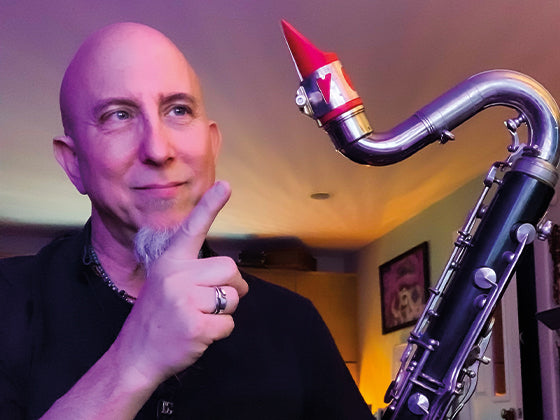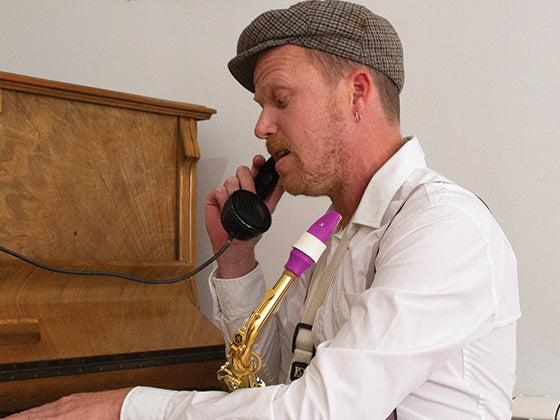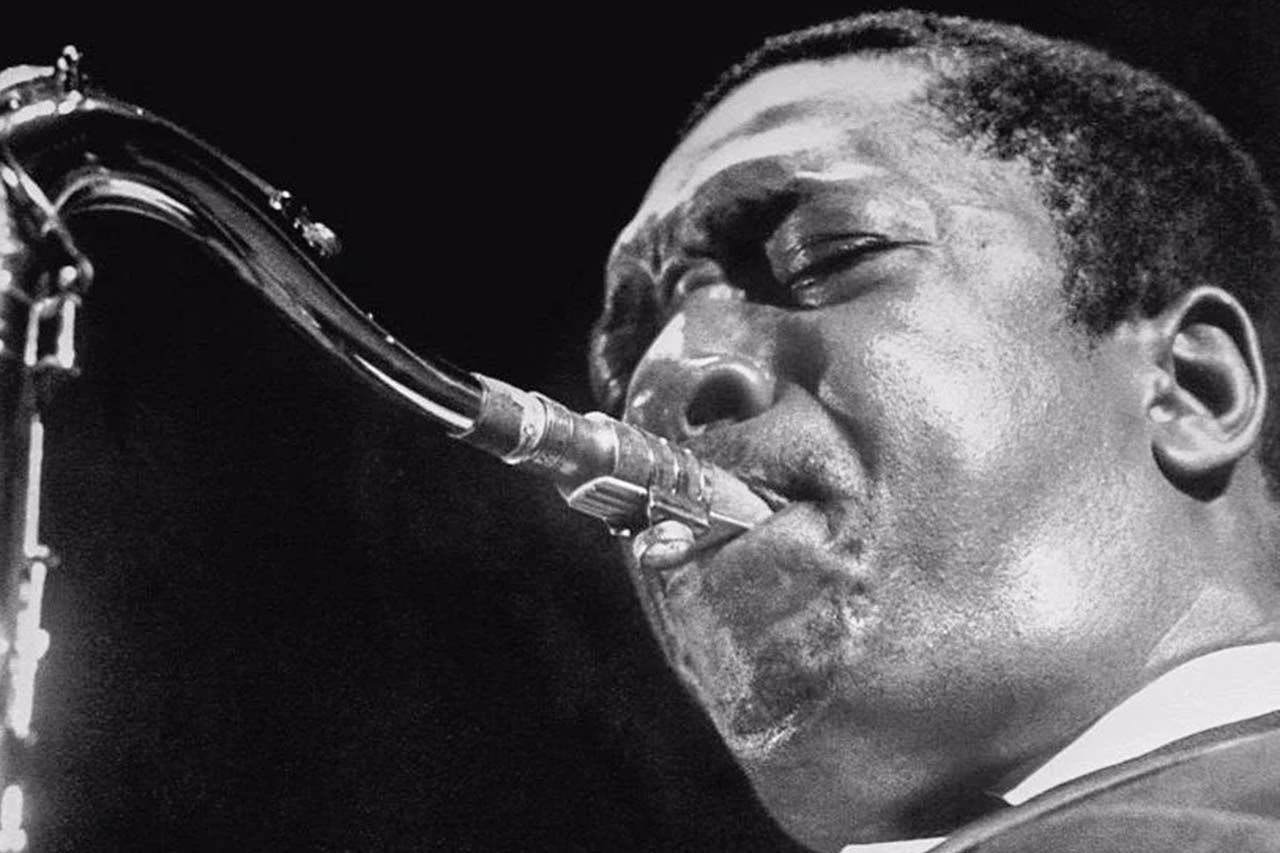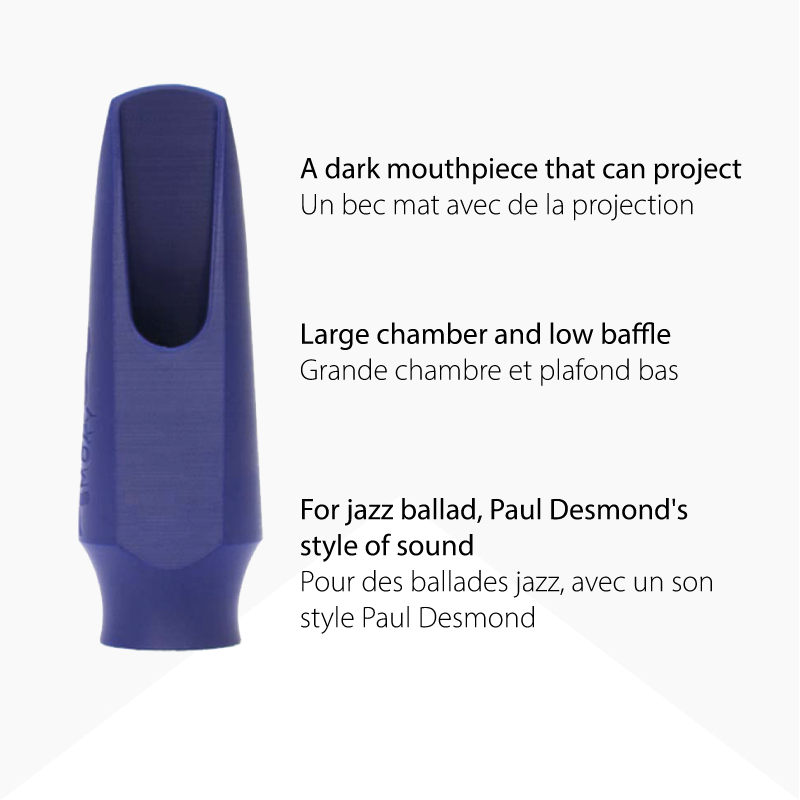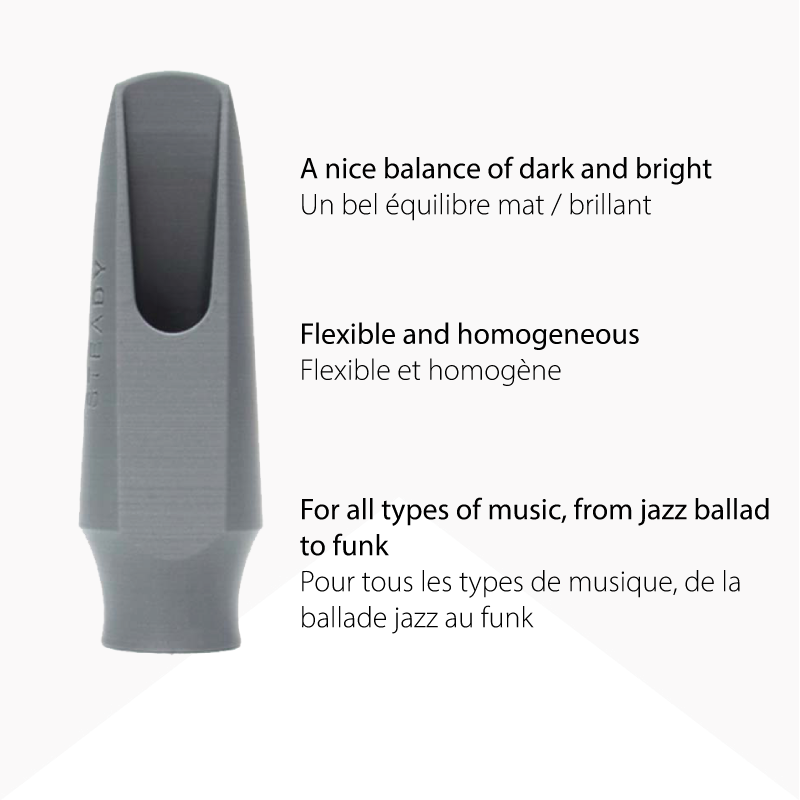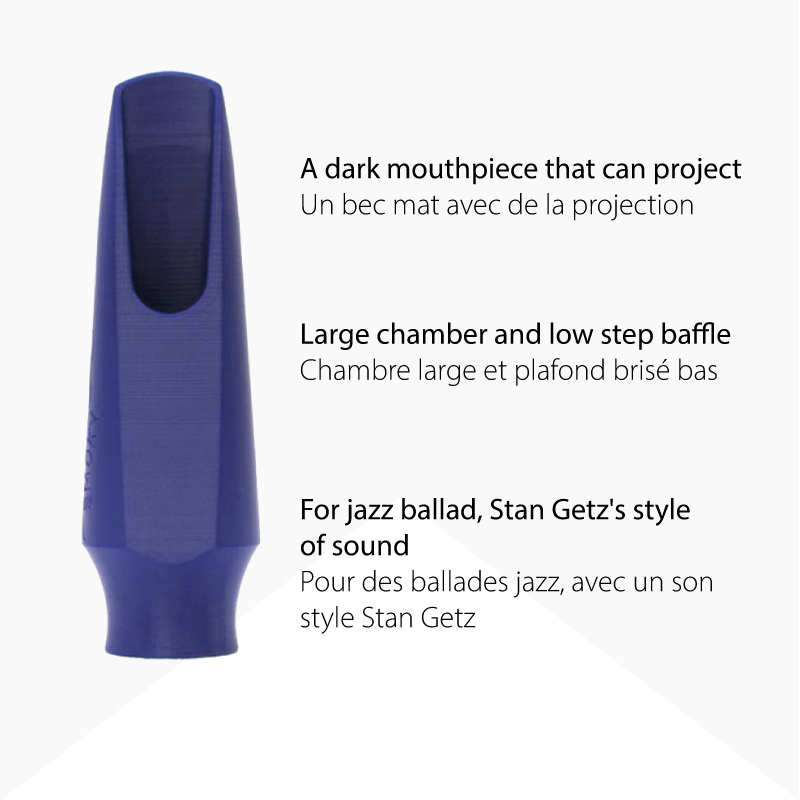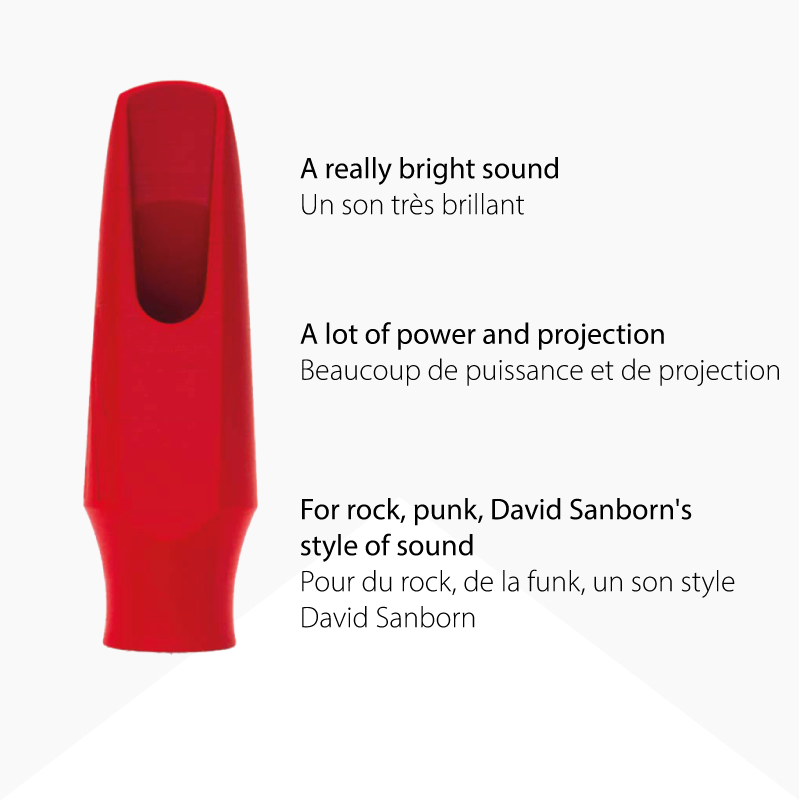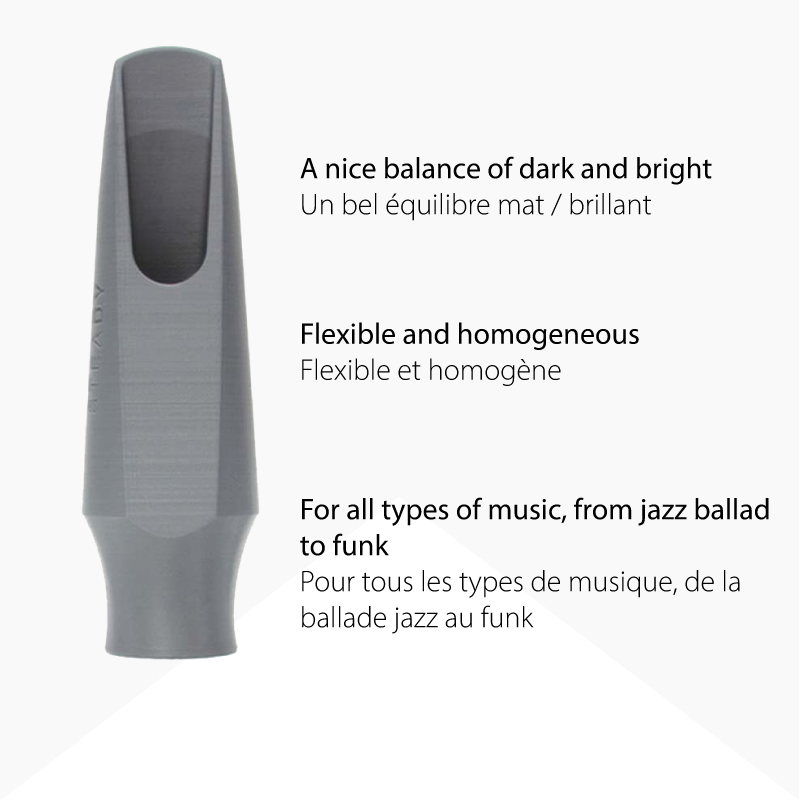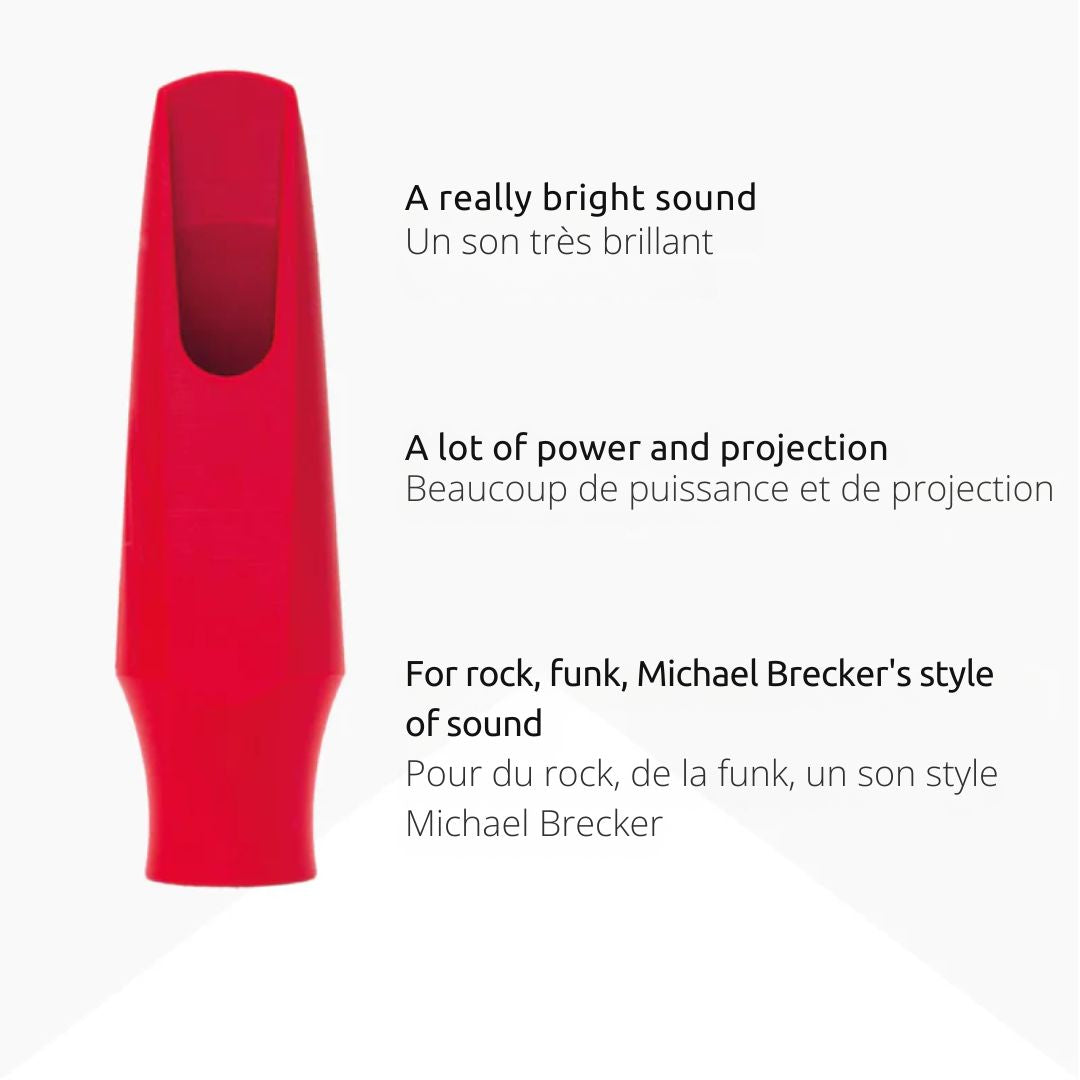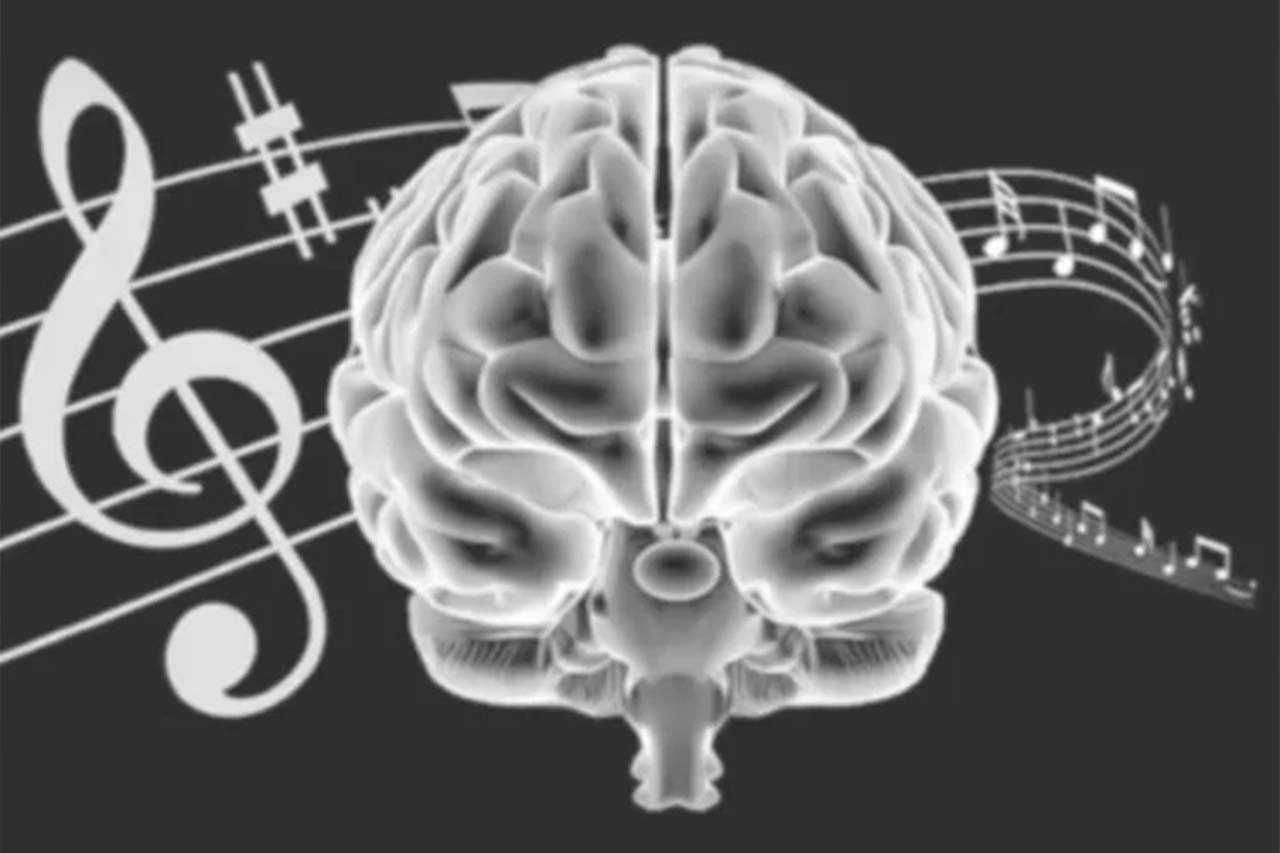If there's one jazz saxophonist we can easily identify amongst the thousands just by listening to an unknown recording, it would be John Coltrane. But what makes us instantly say “this is him”? Which clues allow us to identify this jazz giant straight away? Syos investigated the enigma that is the coltranian sound.
Brightness at the heart of the controversy
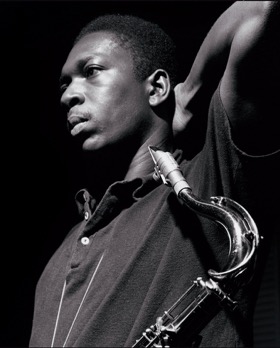
Brightness is generally the first parameter that defines the tone of a saxophonist. It corresponds to the "quantity of high-frequencies" we hear in the sound. This criterion is commonly understood and shared by the musicians, but if everybody agrees that David Sanborn or Maceo Parker have very bright sounds, whilst Stan Getz or Paul Desmond have very dark sounds, our dear friend John sparks an eternal debate. “Of course, Coltrane’s sound is dark" was the line of some saxophonists, whilst others contested *“Bright like Coltrane”. Not that simple...
With Syeeda’s song Flute in my headphones, I decided to scour the web for more information, particularly in Facebook discussion groups, forums… Coltrane, bright or dark? Hard to find a consensual answer to my question. So, I did a little poll on Facebook with my saxophonist friends:

The results lean towards brightness, but it is far from being a unanimous decision: 34% dark, 66% bright. So, I ponder a little and think back to a conversation I had the other day with David Liebman, who qualified his sound as “Dark, always dark”, and when hearing him play in front of me just after, I told myself, well, there's surely darker…
The Gridley experiment of 1979
The only scientific study on adjectives describing the tone of well-known musicians was led by American psychologist Mark C. Gridley in 1979. His objective was to evaulate whether non-musician listeners (who did not know the musicians in question) would use the same words to describe the tone of emblematic saxophonists. The author compares the perception of the sounds of Lester Young, Coleman Hawkins, Stan Getz, Paul Gonsalves, Sonny Rollins, John Coltrane, and Wayne Shorter through 3 studies. We will take note that the recording chosen for Coltrane is the famous Pursuance, third track of A Love Supreme.
Of all tested saxophonists, it is however with John Coltrane that listeners tend to agree! Testers spontaneously use the same words: intense, rough, sharp, and cutting. On a second test, this time with musicians taking a jazz course, the results are also the same: everyone agrees that Coltrane's sound is hard, rough, and quite bright. It seems there is a shared reaction and therefore listeners use the same vocabulary. You can see that we are in the lexical field of brightness and metallic, but still with a notion of cutting.
Also, take a look at this article: Warm, bright, focused, dark..? Psychoacoustics brings some light!
Did you say edgy?
Cutting, edgy… these are words that come up a lot. While listening to John's singing chorus over McCoy Tyner's fat fourth chords in Olé, I thought about the interpretation of everything I had seen, read, and heard. What recurred the most was this notion of “Edge”. The brightness of the sound is not something that everyone agrees on, however its width (or non-width) is far less contraversial. Behind all the jargon, Coltrane’s sound is typical of a focused sound, very thin, very direct, incisive even. And I can hear that clearly when he triumphantly enters in Resolution, which remains my favorite track of this jazz giant (maybe because it reminds me of "Nardis" by Bill Evans?).
The answer to the enigma
So, what makes Coltrane's sound unique? Well, replaying all my favorite albums made me realize that he is above all recognisable due to his phrasing, his way of suddenly creating tension, with his complex melodies… After all, I can recognize my favorite pianists (Kenny Barron, Bill Evans, Cedar Walton) immediately, and not really because of the sound on their piano… But Trane’s sound aesthetics combine his musical genius with a kind of magic, which contributes to what we often call “trance”, and this is where tone plays a crucial role. Come on, I am not going to finish this article without proposing my definition of his sound:
The sound of John Coltrane:





